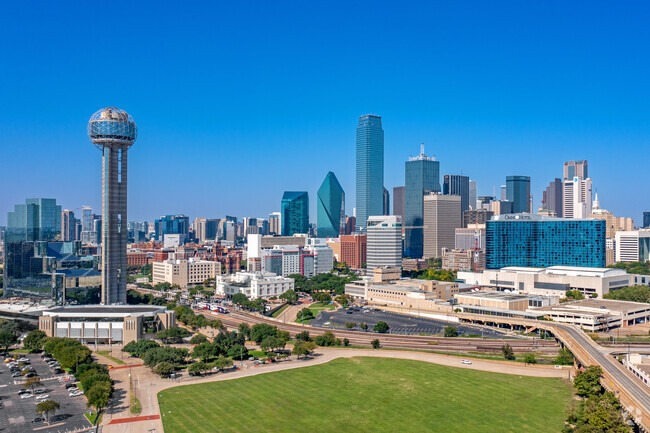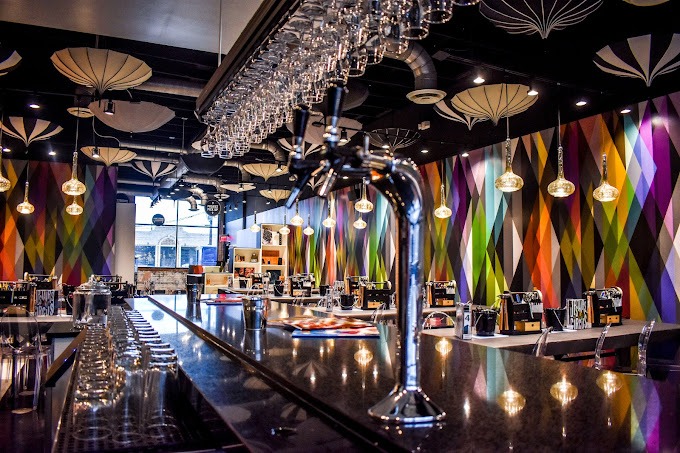As the Dallas City Council considers a new route for the long-awaited high-speed rail connection between Dallas and Fort Worth, the future of transportation in North Texas hangs in the balance. With the region’s population projected to reach 15 million by 2050, the need for efficient transit solutions has never been more pressing.
A New Route Takes Shape
The proposed alternative route would send the bullet train west of downtown Dallas, addressing concerns about the impact of an elevated rail line on local neighborhoods and businesses. The original plan faced opposition from residents and stakeholders, prompting the Dallas City Council to reevaluate the project’s trajectory.
Regional Implications and Support
The Regional Transportation Council, recognizing the importance of a modern transit system for the burgeoning population, has tentatively approved the new route. With stops in Fort Worth and Arlington, the high-speed rail line has the potential to alleviate traffic congestion and transform the way North Texans commute.
Controversy and Compromise
While some see the bullet train as an essential step forward in meeting the transportation needs of a growing region, others worry about the potential impact on local communities. Hunt Realty Investments Inc., a major real estate firm, has expressed concern that an elevated rail line could disrupt its planned $5 billion mixed-use development near Reunion Tower and the Hyatt Regency.
A National Spotlight
As the debate over the bullet train’s route continues, the eyes of the nation are fixed on North Texas. The region’s ability to balance the needs of its residents, businesses, and infrastructure will set a precedent for other metropolitan areas grappling with similar growth and transit challenges.
To learn more about the proposed Dallas-Fort Worth bullet train, visit the Dallas Area Rapid Transit, North Central Texas Council of Governments, and Texas Department of Transportation websites for updates and information.




















